Public Toilets in India – Current Situation and What Can be Done About It
The Indian public toilet system has been subject to a lot of criticism. Even the cinema has played its part in highlighting its sorry state of affairs and the people's plight, especially in the rural and semi-urban areas. Disgusting, dirty, sloppy, these are usual adjectives that strikes us when we think of the Indian public sanitation.
We all may have been, at some point, compelled to witness this first hand, and we must have made a promise to ourselves that we would not put our bodies through unhygienic and appalling experience ever again, right? While public toilets in India for both men and women tend to be untidy and unhygienic, it is distinctly more unhealthy and unsafe for women because of the physical contact required with such facilities.
Apart from the lack of standard hygiene practices of the public toilets in India, these facilities continue to be in a poor shape due to low awareness about proper sanitation practices among the people. Open defecation has been practised in India for a long time, and it continues to exist to date.
The Sulabh Shauchalaya Movement
To provide hygienic sanitation facilities to the general public, Dr. Bindeshwar Pathak initiated the 'Sulabh Shauchalaya' movement in 1970. With the aim to end open defecation and provide proper sanitation facilities for both men and women, Dr. Pathak spearheaded the mission to build Sulabh Shauchalaya (Public Toilet) facilities all over the country.
While his vision and efforts have been admirable and paved the way for a clean and open defecation free India, a large number of sanitation facilities built under the mission were not maintained properly and degraded fast due to the use of outdated fittings and materials.
Public toilets in India – The current situation
While the Sulabh Shauchalaya was a first step towards providing hygienic sanitation facilities, it could not accomplish its goals completely. In October 2014, the Prime Minister of India launched the 'Swachh Bharat Abhiyan,' and one of its primary goals was to achieve an open defecation free India.
The Swachh Bharat Abhiyan transformed the way Indians see cleanliness and public spaces. Under this mission, several public and household toilets have been installed across the country. However, the ground reality is that open defecation practice continues to exist.
A working paper titled 'Changes in open defecation in rural North India: 2014-2018' published in January 2019, jointly by policy by Research Institute for Compassionate Economics (RICE) and New-Delhi based Accountability Initiative, presents less than desirable statistics. After surveying more than 9500 people and 150 government officials between 2014 – 2018, in states like Madhya Pradesh, Bihar, Uttar Pradesh, and Rajasthan, the paper noted that while more Indian villages had a public toilet in 2018 compared to 2014, but 44% of the people continue to defecate in the open.
What can be done to improve the situation?
A sustainable solution to provide a safe and hygienic sanitation facility is to combine good intent with modern technology. The use of modern construction technology for building public toilets can play an important role in India's mission to end open defecation completely. Furthermore, there is a massive need to create awareness about the health risks of open defecation practices and run programs to educate the people on how to use the public toilets correctly and maintain hygiene.
While several NGOs and government bodies carry out such awareness programs, their efforts can be boosted with the construction of smart sanitation facilities across India. Given the nature of conventional brick and mortar public toilets that require high maintenance and get depreciated faster, many experts suggest utilising prefabrication building as an alternative.
Related Article - MOBILE TOILETS- THE NEED OF THE HOUR IN INDIA
Role of Tata Steel Nest-In
At Tata Steel Nest-In, we are aware that millions of Indians are deprived of clean and well-maintained toilets. When the government of India launched the Swachh Bharat Abhiyan in 2014 to improve sanitation facilities in India, Nest-In introduced its steel-based modular toilets called 'EzyNest' and 'Smart EzyNest.'
These solutions aim to counter the sanitation problems across different parts of the country. The 'EzyNest' modular toilets are thermally insulated and are equipped with top-class waste management facilities. Also, a large part of these units is recyclable. These toilets are easy to construct and can be installed even in the harshest of terrains provided specific installation prerequisites are met.
The Smart EzyNest is an upgraded and more modern version of the EzyNest modular toilets. It is equipped with smart features like restricted entry when there is no power or water, an automatic occupancy indicator, automatic pre-and post-flush, easy to clean surface and floor material, and periodic automatic spray cleaning.
With the advent of technology across all sectors, the public toilet system is long due for an upgrade. And, Tata Steel Nest-In has the perfect solution to end the public toilet woes and give Indians access to the most basic necessity for a healthy living.
Contact Us
Recent Post
Strengthening Communities with Nest-In to Build a Better Tomorrow
Innovative Modular Spaces for Modern Offices and Commercial Needs
Revolutionising Industrial and Commercial Construction with Nest-In
Nest-In: Your Trusted Choice for End-to-End Construction Solutions
How Nest-In Delivers Rapid, Resilient Solutions for Emergency Infrastructure
Category
- Nest-In 62
- HabiNest 59
- MobiNest 138
- Nestudio 31
- EzyNest 20
- Smart EzyNest 5
- ChargeNest 6
- Covid Offerings 4
- Brand 10







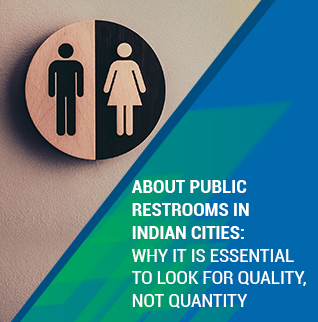



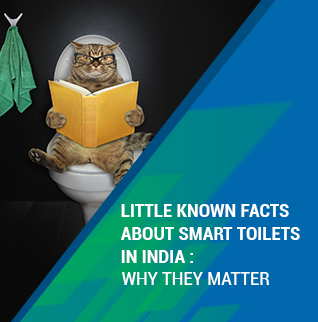


























































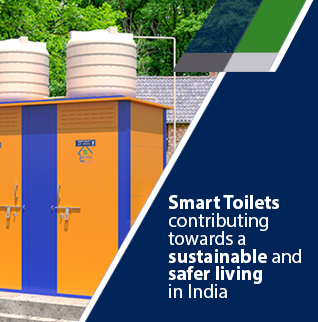











































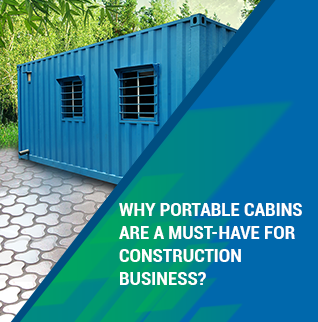

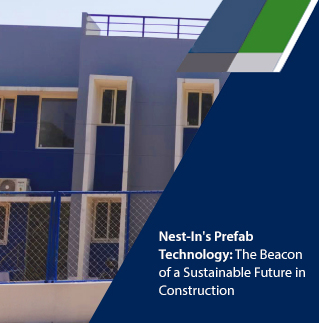




















































































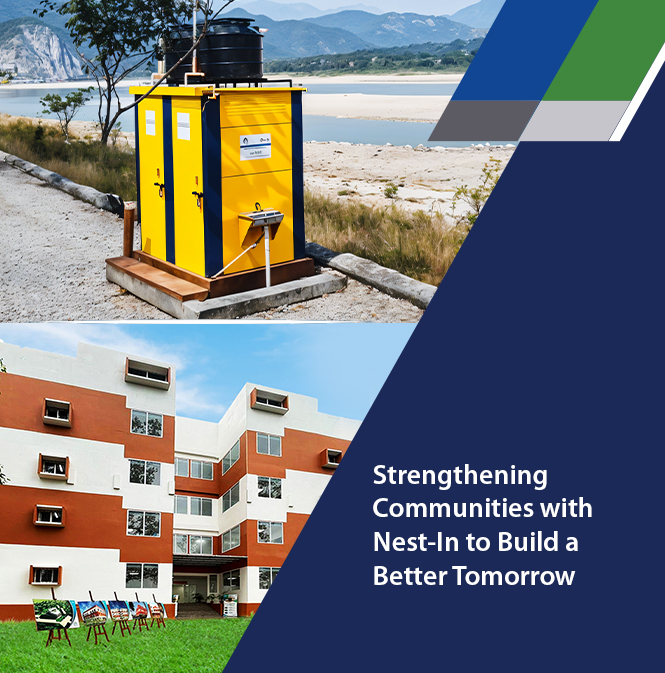






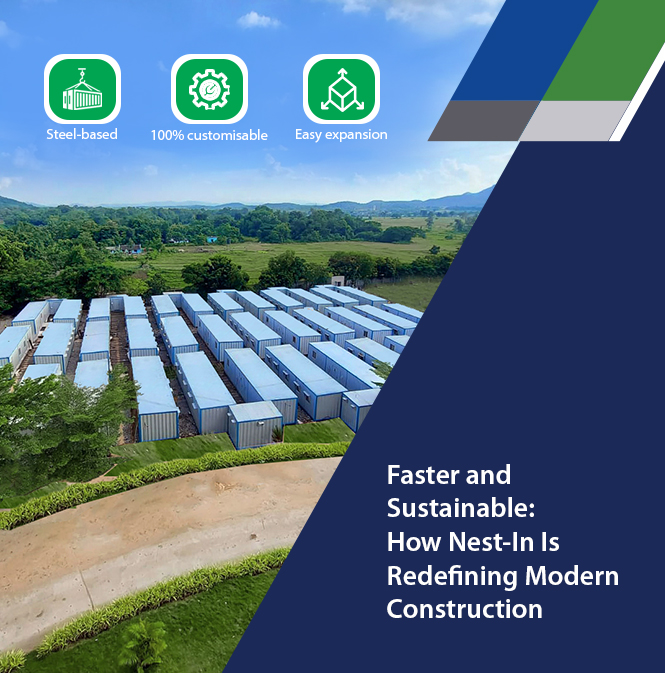














Add comment